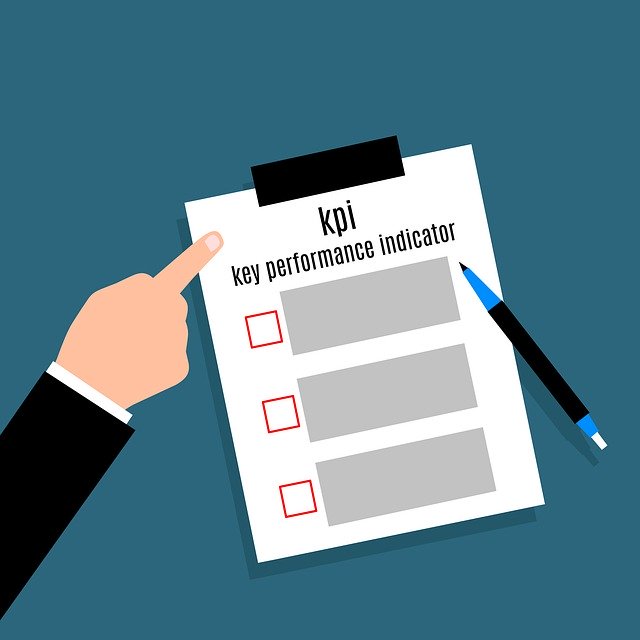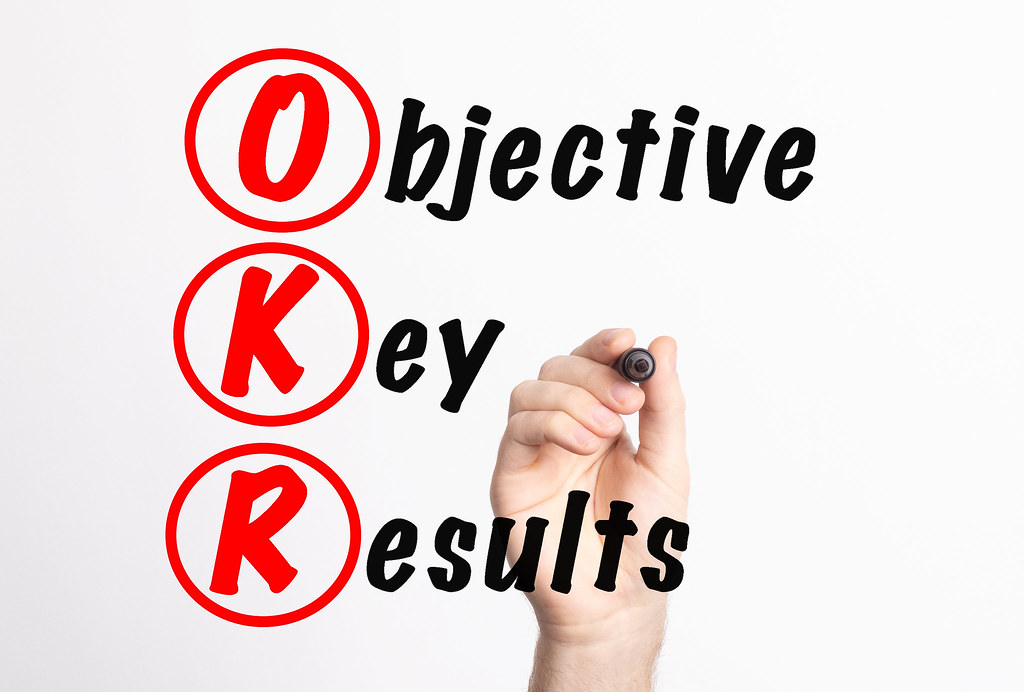Difference Between OKR and KPI
The three letter acronym, KPI, or Key Performance Indicator, goes by many names and it can be seen as a kind of metric that drives organizational behavior. KPIs seem to have been used by almost very organization in the planet. You must have been using KPIs for years as well. However, the KPIs often go away when your company or team starts to grow. This is why, a lot of leaders and opportunists have turned to yet another methodology called OKRs, or Objectives and Key Results, to stay focused on their goals. So, comparing KPIs with OKRs is like comparing apples with oranges. These terms are often thrown around during performance review meetings. While there can be a little overlap between the two, they are quite different methodologies with different goals altogether. So, let’s take a look.

What is KPI?
KPI is short for Key Performance Indicators, which is a metric used to better understand how to make performance measures work. KPIs, as the name suggest, are measurable indicators or values that are used to evaluate the progress for an individual or organization against some desired results. KPI is about identifying the key metrics that can be used to drive organizational behavior. For example, if you’re an YouTuber, some of the key metrics driving your progress or performance level are the number of subscribers, the amount of revenue you generate, the number of views per post, or the number of minutes per post. So, these are all performance metrics that decide how you’re doing in terms of performance and progress. These key values determine just how close you are to achieving your goals. Key performance indicators help you keep track of your work through a measurement system.

What is OKR?
OKR, short for Objectives and Key Results, is a target-focused framework or a goal-setting tool used by individuals or teams to achieve substantial goals. OKR is all about bringing in a sustainable change in performance to get to your objectives. It is a collaborative framework that uses certain measurable values to track the attainment of your goals. OKRs have enabled companies like Intel and Google to become industry leaders while helping them achieve their desired goals and making such great places for people to work. OKRs, as the name suggest, use objectives and key results to set goals – objectives represent where you want to go and key results determine how you plan to get there. While the development of OKR methodology is attributed to the late Intel CEO Andy Grove during the 1970s, the acronym was popularized by the legendary venture capitalist John Doerr when he introduced OKRs to Google in 1999.
Difference between OKRs and KPIs
Meaning
– OKRs stand for Objectives and Key Results, are a collaborative framework used by individuals and teams alike to achieve their desired goals. Objectives represent where you want to go and key results are a handful of key points on how to achieve this objective. KPIs, short for Key Performance Indicators, are measurable values that are used to evaluate the progress for an individual or organization against some desired results. KPIs are an indicator of performance that help you keep track of your work through a measurement system.
Purpose
– KPI is like a performance tracking tool that determines just how close you are to achieving your goals. They are metrics that monitor performance at an individual or organizational level. KPIs are quality measures or growth measurements or progress indicators toward an intended result. If you want your company to be an industry leader, then the objective of KPIs maybe to increase revenue by at least 10 percent. OKRs, on the other hand, are not a tracking system but a goal-setting tool that sees organizational objectives as inspirational goals that the company wants to achieve with measurable results.
Approach
– The approach to OKR is very simple. You start by defining a handful of key objectives on organizational or team level and the objectives must be inspirational yet challenging, qualitative yet measurable. Then a few key results must be defined under each objective that should determine the results that indicate you have attained your set objective. Creating good KPIs requires serious effort and time, and involves a lot of systematic steps. The first step is to determine objectives, and then you envision what it would be like if the goal was accomplished, and next you determine ways to quantify just how close you are to that ultimate goal.
OKRs vs. KPIs: Comparison Chart

Summary
OKR is a goal-setting tool that sees organizational objectives as inspirational goals that the company wants to achieve with measurable results, whereas KPIs are health metrics that help measure the success of your ongoing activities, processes, projects, etc. The objectives in the OKR refer to the bigger picture and the key results will tell you how to get there. Simply put, the KPIs define the “what” while OKRs define the “what”, “how”, and “when”. OKR is about the process while KPI is about documenting results as measurable values.
- Difference Between Caucus and Primary - June 18, 2024
- Difference Between PPO and POS - May 30, 2024
- Difference Between RFID and NFC - May 28, 2024
Search DifferenceBetween.net :
Leave a Response
References :
[0]Limoncelli, Thomas A. et al. The Practice of Cloud System Administration: DevOps and SRE Practices for Web Services, Volume 2. Massachusetts, United States: Addison-Wesley, 2014. Print
[1]Parmenter, David. Key Performance Indicators: Developing, Implementing, and Using Winning KPIs. New Jersey, United States: John Wiley & Sons, 2019. Print
[2]Niven, Paul R. and Ben Lamorte. Objectives and Key Results: Driving Focus, Alignment, and Engagement with OKRs. New Jersey, United States: John Wiley & Sons, 2016. Print
[3]Medjaoui, Mehdi et al. Continuous API Management: Making the Right Decisions in an Evolving Landscape. Massachusetts, United States: O'Reilly Media, 2018. Print
[4]Image credit: https://live.staticflickr.com/65535/49723824787_22c06ec72e_b.jpg
[5]Image credit: https://cdn.pixabay.com/photo/2019/06/11/08/38/kpi-4266500_960_720.jpg
